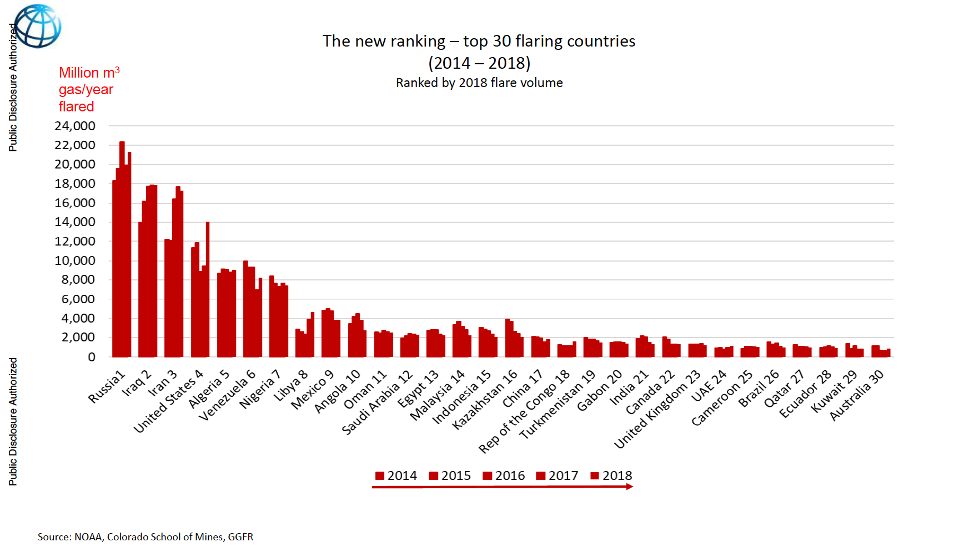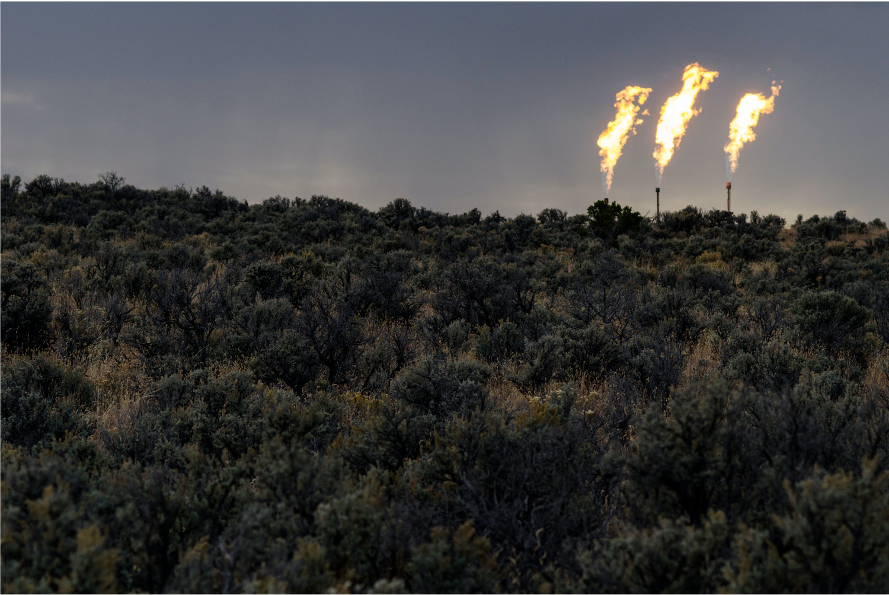Natural Gas Flaring, Part 1: Overview
Natural gas flaring is a topic that captured everyone’s attention over the past few years, and with good reason. Estimates vary, but here are a few numbers that seem to grab everyone’s attention:
-
-
- Texas flares the same amount of natural gas as it uses residentially. Restated, the amount we use in our homes and the amount that we simply burn at the end of a long pipe at the well site are basically the same.
- Flaring amounts to ~ 1% of all man-made CO2 emissions globally.
- Texas in particular is responsible for ~51% of the total ~1.3Bcf/day that is vented and flared in the United States.
- Texas Railroad Commission flaring exception permits have increased 10x over the decade.
-
No doubt, those are some big numbers. However, as we’ll see in our journey through both the process of flaring and the various regulations that govern the practice, data must be kept in context.
Over the next month or so, we’ll do a deeper dive into the various state and federal regulatory schemes, as well as their efficacy, but first let’s start with some basics. Particularly terminology. When “flaring” is discussed, what we’re generally talking about is ridding a well or gathering facility of unwanted natural gas; why it is unwanted we will discuss later. If we are going to rid ourselves of this natural gas, however, there are two ways – we flare it, or we can vent it.
Flaring, is the controlled combustion of natural gas. Flaring is when we burn it.
Venting, on the other hand, is the direct release of natural gas into the atmosphere. Just as it sounds, when we vent we release it into the atmosphere. Like letting the air out of a balloon. While flaring and venting occur for many reasons in many scenarios, our general focus is going to be on flaring and venting accompanying the production of oil from shale oil wells; i.e. unconventional or horizontal oil wells.
Though the production, shale oil wells produce varying amounts of “associated” or “casinghead” gas alongside oil. This associated gas is a raw mixture of volatile hydrocarbons, mostly methane. When we flare (i.e. burn) the associated gas, we are oxidizing the methane into Carbon Dioxide (CO2) and Water (H20). This change into CO2 is why carbon sequestration holds potential promise for the flaring issue, but for now suffice that this oxidization process is how the natural gas becomes CO2.
From an ecological/environmental perspective, flaring is clearly preferable to venting, as according to the US Department of Energy its impact is approximately 25X less than venting. Interestingly enough, studies quoted by the US Dept. of Energy state that the net effect of flaring versus industrial use is largely neutral. That is, whether we flare it or use it, the environmental impact is the same. This is obviously a simplification, as variations in gas constituencies and the efficiencies of the flare in question will have large impacts on the flare’s end-product. It is these inefficient flares that drive most of the environmental risk, as the failure to properly convert the methane into CO2 can result in increased concentrations of methane and NOx.
And finally, whether flaring or venting, it’s just a bad look. Ideally, we don’t want to be lighting our natural resources on fire because we can’t figure out what else to do with them. There are many legitimate reasons – both operational and economic – to flare gas, and we’ll cover those. It is my hope, however, that we will find a way to bridge the gap in well development and mid-stream build-out that allows us to make good use of these hydrocarbons.
As we know, however, the environment is not necessarily a US issue. To loosely quote David Ramsden-Wood, we’re all accountable to do our best not to pee in the pool, but if someone else does it’s going to find its way to us despite our best efforts. According to slightly dated data the National Oceanic & Atmospheric Administration, the US ranks 4th globally in amount of gas flared, with Russia and Iraq each roughly doubling our volumes. So even if or when we are able to meaningfully reduce our flaring, the overall impact on the global environment will be muted unless and until we get everyone on board. We’re all in the same pool.


